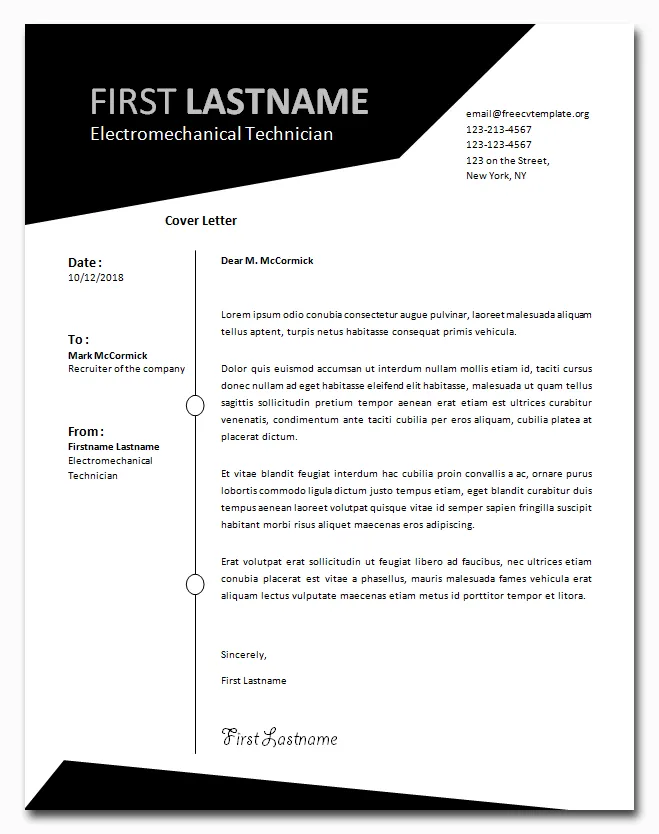What is a Cover Letter?
A cover letter is a crucial document accompanying your resume when applying for a job. It serves as your introduction to the hiring manager, providing context to your application and highlighting why you’re a suitable candidate. Think of it as a personalized sales pitch, showcasing your skills, experience, and enthusiasm for the specific role. A well-crafted cover letter demonstrates your writing abilities, attention to detail, and genuine interest in the company and the position you’re applying for. It’s your opportunity to go beyond the bullet points on your resume and tell a compelling story about yourself and your career aspirations.
The Importance of a Cover Letter Online
In the digital age, with online job applications being the norm, the importance of a well-written cover letter has not diminished; it has, in fact, increased. Many companies use applicant tracking systems (ATS) to screen applications, and a strong cover letter can help you stand out from the crowd. It allows you to address the specific requirements of the job, demonstrate your understanding of the company’s values, and explain how your skills align with their needs. It offers you a chance to showcase your personality and enthusiasm, which can be difficult to convey solely through a resume. Failing to include a cover letter, or submitting a generic one, can signal a lack of effort or interest, immediately placing you at a disadvantage.
Cover Letter Online – Key Components
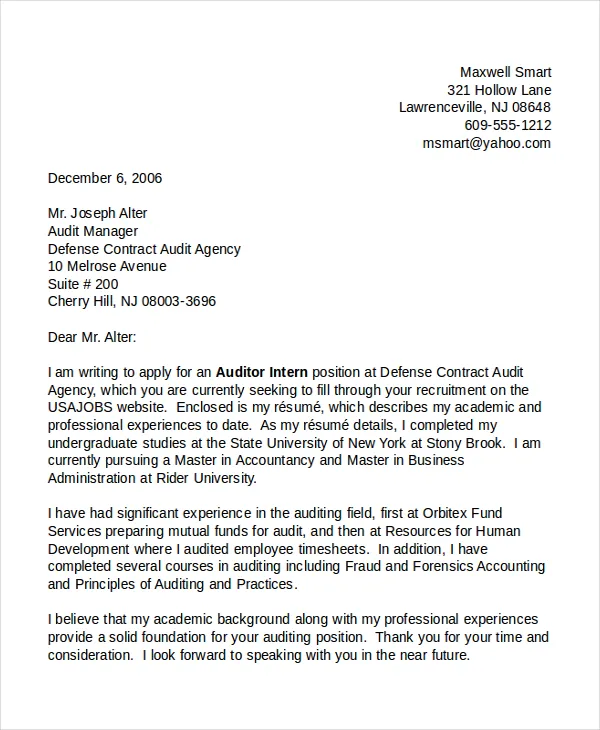
A winning cover letter comprises several key components, each playing a vital role in conveying your message effectively. From the initial contact information to the final call to action, every element should be carefully considered and strategically placed. The structure should be clear, concise, and easy to read, guiding the reader through your qualifications and making a strong case for why you deserve an interview. Let’s break down the essential elements.
Contact Information & Date
Begin your cover letter by including your contact information: your name, address, phone number, and email address. Place this at the top left of the document. Directly below your information, add the date. This is a standard practice and ensures the recipient has all the necessary information to reach you.
Professional Greeting
Address the hiring manager or the specific person mentioned in the job posting. If a name isn’t provided, use a professional greeting like “Dear Hiring Manager” or “Dear [Department] Team.” Avoid generic greetings like “To Whom It May Concern,” as they can make your letter feel impersonal.
Body Paragraphs
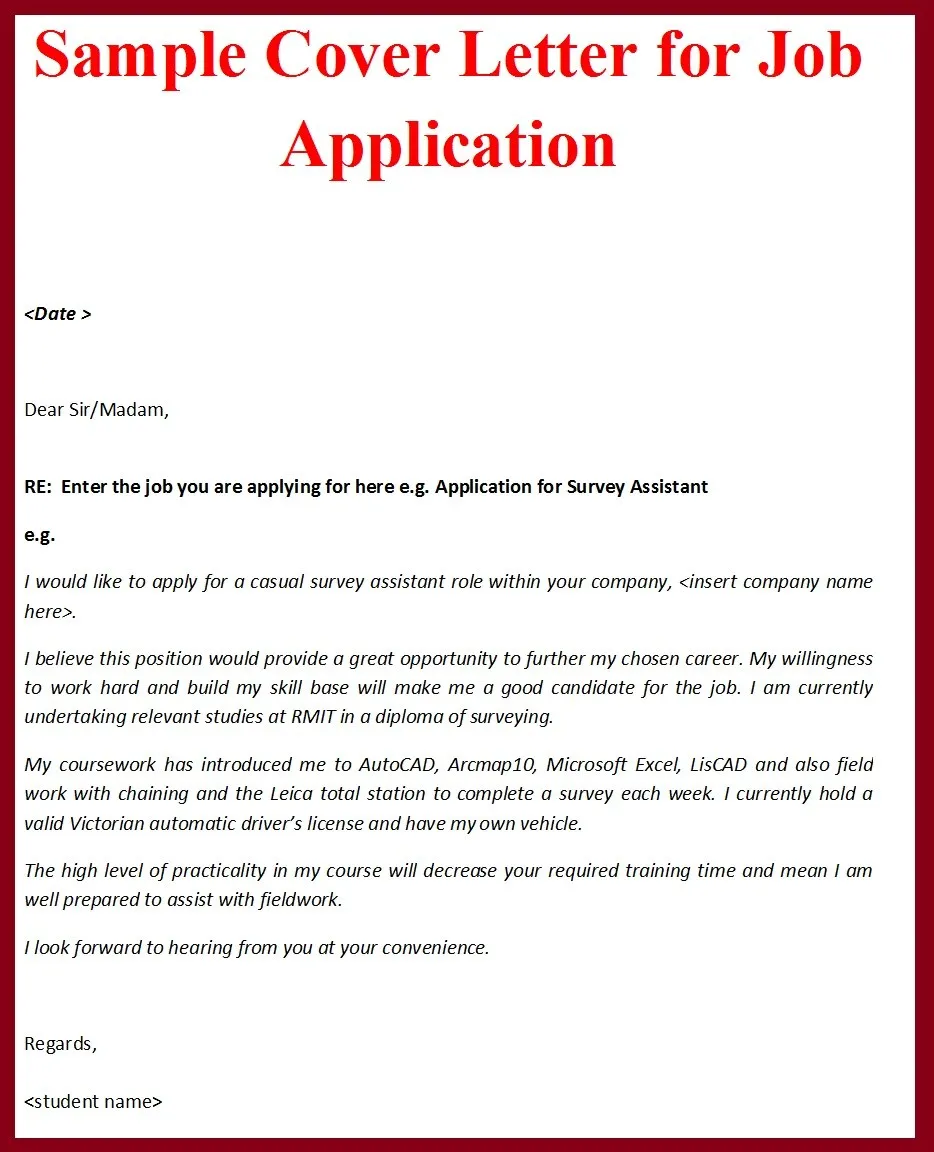
The body paragraphs are where you present your case. They should be well-structured and effectively convey your key qualifications and enthusiasm. Break down your body into three paragraphs to keep things organized and digestible.
First Paragraph: Grab Their Attention
Start with a strong opening statement. Mention the position you’re applying for and how you found the job posting. Briefly state why you’re interested in the role and the company. Consider including a specific achievement or skill that immediately highlights your value proposition.
Second Paragraph: Highlight Your Skills
This is where you connect your skills and experience to the job requirements. Select 2-3 key skills or experiences and provide specific examples demonstrating how you’ve used them to achieve results. Quantify your accomplishments whenever possible. Use language from the job description to show you understand what the company is looking for.
Third Paragraph: Show Your Enthusiasm
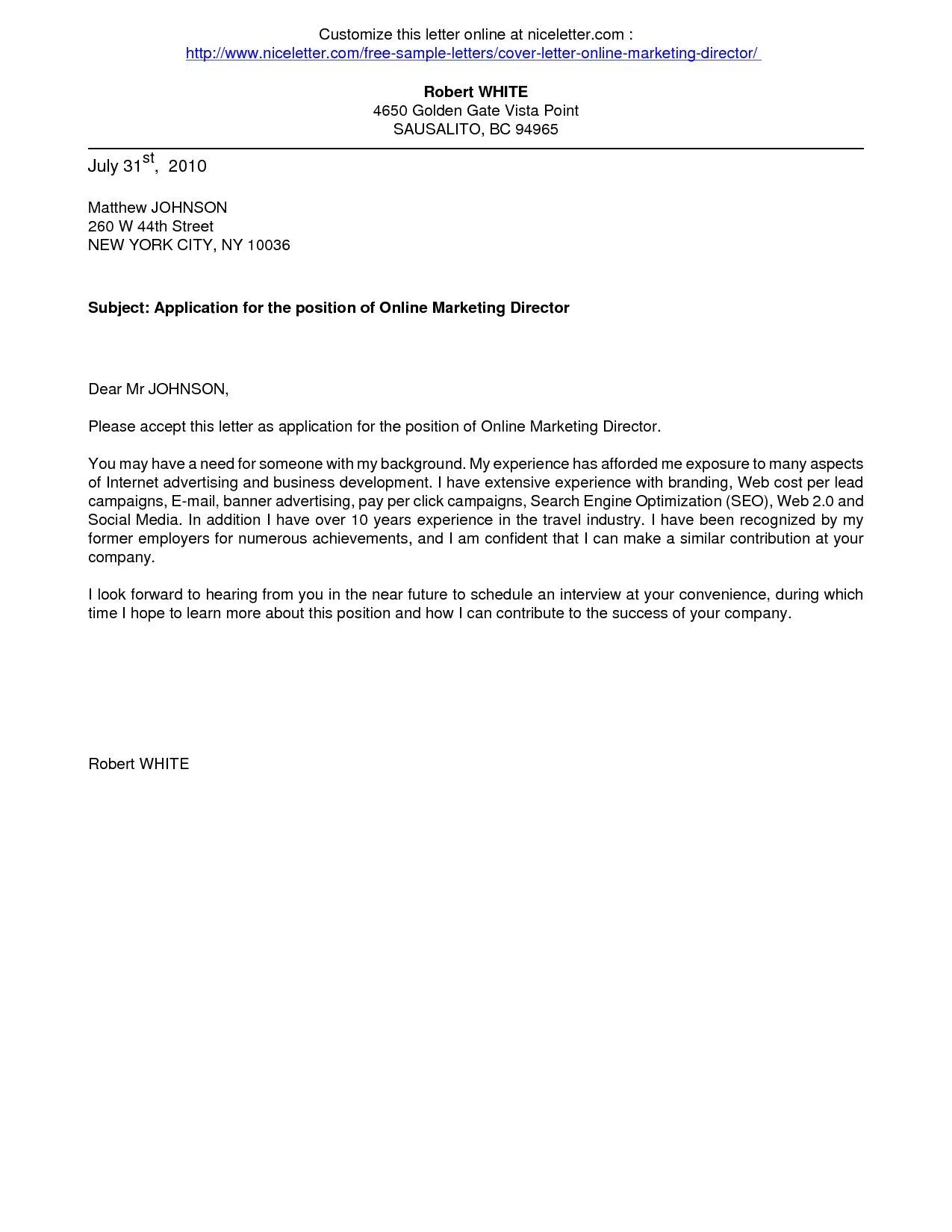
Express your genuine interest in the company and the role. Explain why you’re excited about the opportunity and what you hope to achieve. Demonstrate that you’ve researched the company and understand its mission, values, and culture. Tailor this section to the specific company and position.
Concluding Paragraph & Call to Action
Summarize your interest in the role and reiterate your key qualifications. Include a clear call to action, such as expressing your eagerness to discuss your qualifications further in an interview and providing your contact information again. Thank the reader for their time and consideration.
Formatting Your Cover Letter Online
Proper formatting is essential for a professional-looking cover letter. It influences readability and makes a positive first impression. Pay attention to font choices, margins, and overall layout to ensure your letter is visually appealing and easy to read. A well-formatted cover letter shows that you care about the details and are willing to go the extra mile.
Choosing the Right Font and Size
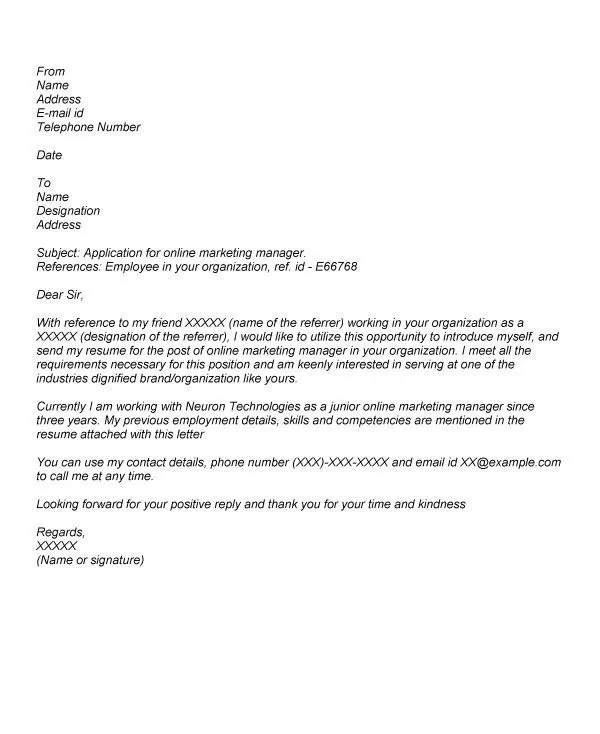
Select a professional and readable font like Times New Roman, Arial, or Calibri. The font size should be between 10 and 12 points for easy readability. Ensure consistency throughout the document.
Using Proper Grammar and Spelling
Proofread your cover letter carefully for any grammatical errors or typos. Mistakes can undermine your credibility and make a negative impression. Use a spell checker and grammar checker, and consider having someone else review your letter.
Proofreading Your Cover Letter
Before submitting your cover letter, proofread it multiple times. Check for any spelling mistakes, grammatical errors, and inconsistencies in formatting. It’s also a good idea to have a friend or family member review your cover letter to catch anything you might have missed. A polished cover letter demonstrates your attention to detail and professionalism.
Tips for Writing a Winning Cover Letter Online
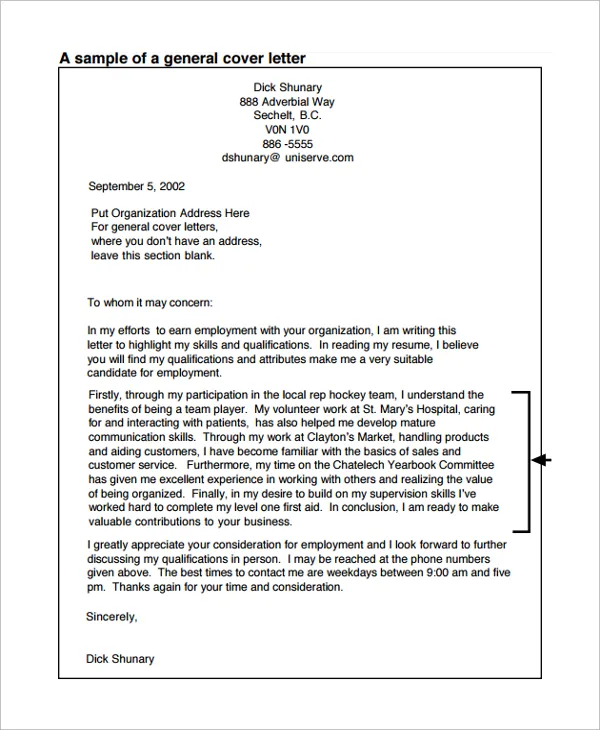
Crafting a winning cover letter is an art. It requires careful consideration of the job requirements, your skills, and the company’s culture. These tips will help you create a compelling cover letter that grabs the hiring manager’s attention and increases your chances of landing an interview.
Tailor It to Each Job Application
Avoid using a generic cover letter. Customize each letter to the specific job and company you’re applying for. Research the company’s mission, values, and culture, and highlight how your skills and experience align with their needs. This demonstrates your genuine interest in the opportunity.
Use Action Verbs
Start your sentences with strong action verbs to make your accomplishments more impactful. Examples include “managed,” “developed,” “implemented,” “achieved,” and “led.” This dynamic language can help you capture the reader’s attention.
Keep it Concise
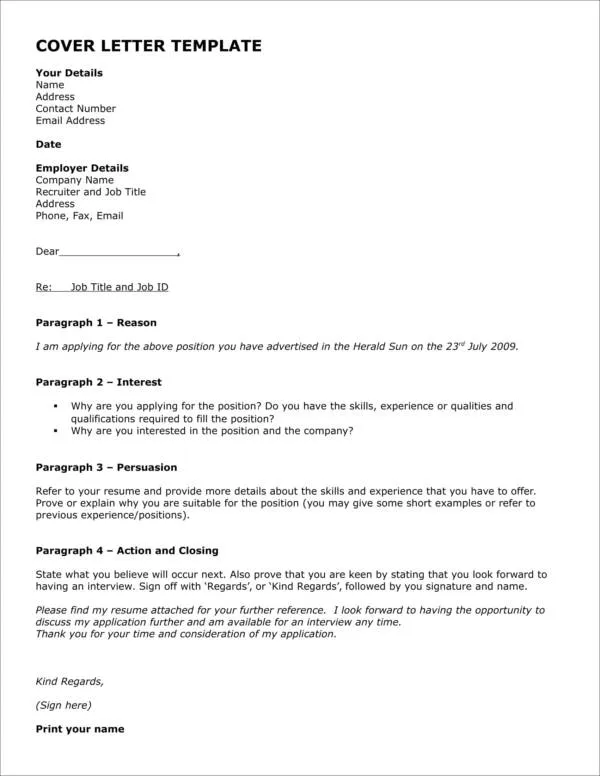
Aim for a one-page cover letter. Be clear, concise, and to the point. Avoid unnecessary jargon or rambling. Focus on the most relevant information and skills.
Highlight Relevant Skills and Experience
Focus on the skills and experiences that are most relevant to the job requirements. Refer to the job description and identify the key qualifications the employer is seeking. Use specific examples to illustrate how you’ve demonstrated those skills in the past.
Proofread Carefully
Thoroughly proofread your cover letter before submitting it. Check for any spelling, grammar, or formatting errors. Ask a friend or family member to review your letter as well.
Cover Letter Online Examples & Templates
Utilizing cover letter examples and templates can provide valuable guidance and inspiration. Numerous online resources offer a variety of templates tailored to different industries and job types. When using a template, ensure you customize it to reflect your own unique skills and experiences. Remember to tailor the template to the specific job you are applying for to highlight the most relevant information. These examples will help you to structure your letter and write effectively, while showcasing your abilities. Use examples as a foundation and ensure you modify the content to match your own qualifications and the job posting. Tailoring is the key to creating a unique and impactful cover letter.
